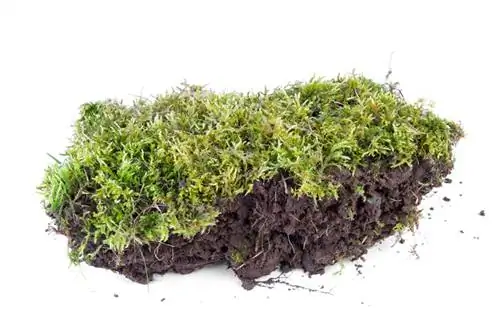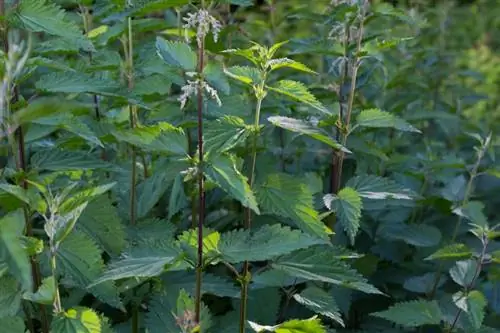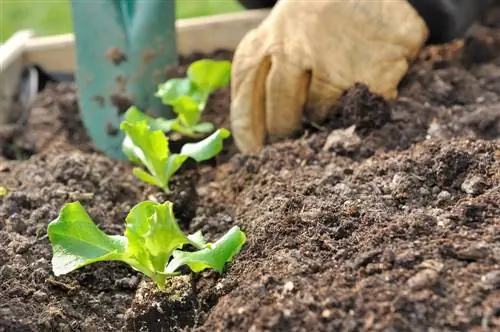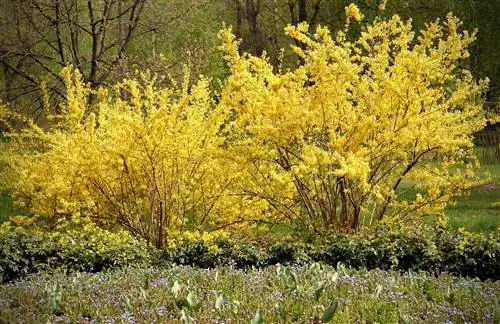- Author admin [email protected].
- Public 2023-12-16 16:46.
- Last modified 2025-01-23 11:20.
The growth and yield of ornamental and useful plants in the garden largely depends on species-appropriate site conditions. Even without complex soil analysis in the laboratory, hobby gardeners can gain important insights when they look for indicator plants. Read here what is behind the term. Moss communicates this information in the garden.

What information does moss provide as an indicator plant?
Moss is an indicator plant that indicates acidic pH values below 5.5, poor or stony ground, low-light and shady locations, cool temperatures with high humidity and permanently moist to waterlogged soils. Different types of moss can provide more specific information about the location.
What are indicator plants actually?
Botanists and gardeners refer to plants with a low tolerance for light, temperature and soil conditions as indicator plants. These plant species often have a very close connection to specific location qualities and only settle there. Even with minimal changes, they withdraw again. This property can be used to obtain important information about the soil body without commissioning a soil analysis.
How to use moss as an indicator in the garden
As a rootless spore plant, moss acts as an indicator plant and provides this useful information about local site conditions:
- Acidic pH value below 5.5
- Lean or stony ground
- Light-poor, shady location
- Cool temperatures coupled with high humidity
- Permanently moist to waterlogged soil
Moss in the lawn is therefore due to soil that is too acidic, compacted and wet. Conversely, this means that you will generally not find mosses in nutrient-rich, dry and sunny locations. This applies at least to Central European regions. In countries with sunny, dry climates, survivalists have adapted. The leaf moss species Syntrichia caninervis is excellent at asserting itself in deserts.
Species with more specific information
If you can identify moss species in more detail, further information can be collected from the presence of individual species. Floor moss (Hylocomium splendens), red stem moss (Pleurozium schreberi) and large wreath moss (Rhytidiadelphus triquetrus) thrive primarily in coniferous forests. The same bush moss (Isothecium alopecuroides) only chooses fir forests with acidic soil as its location.
Peat mosses (Sphagnum ssp) act as acid and moisture indicators at all altitudes. In contrast, strong nerve moss (Cratoneuron commutatum) acts as a moisture and alkaline indicator.
Tip
To establish mosses in the garden, use their function as an indicator plant with the opposite sign. To choose the ideal location, choose a place with the conditions that moss indicates as an indicator. Then you can be sure that the velvety green carpet you are hoping for will develop in no time.






